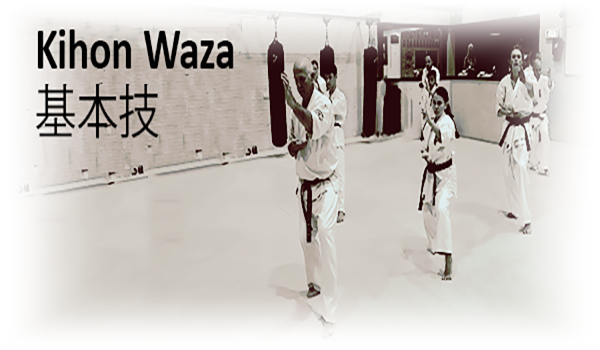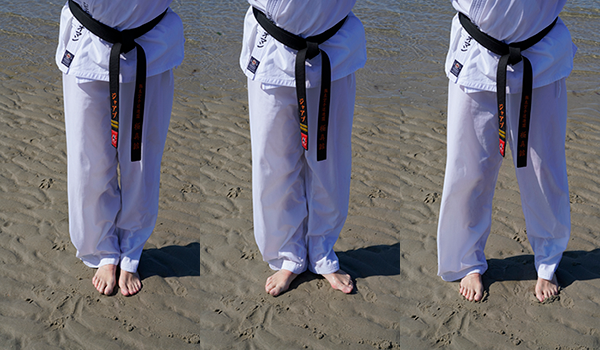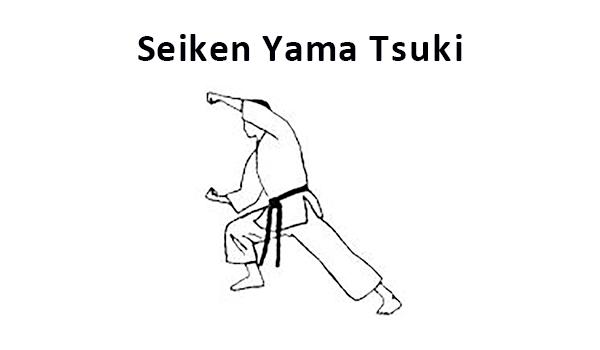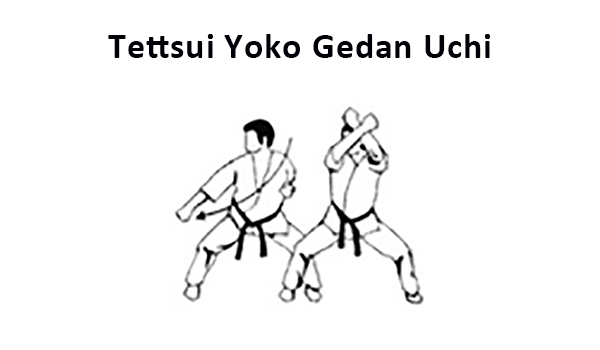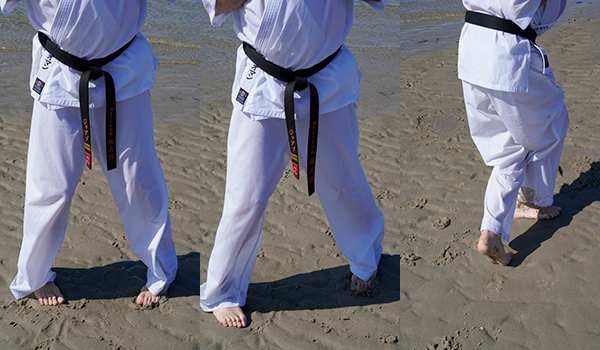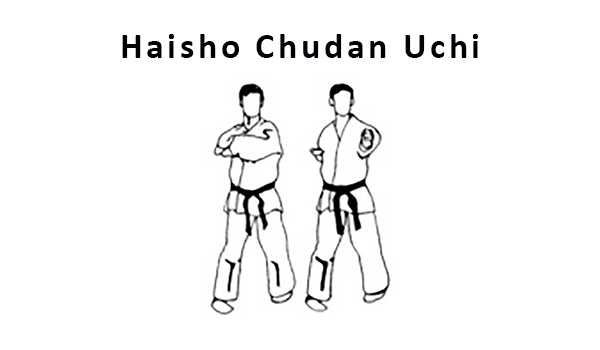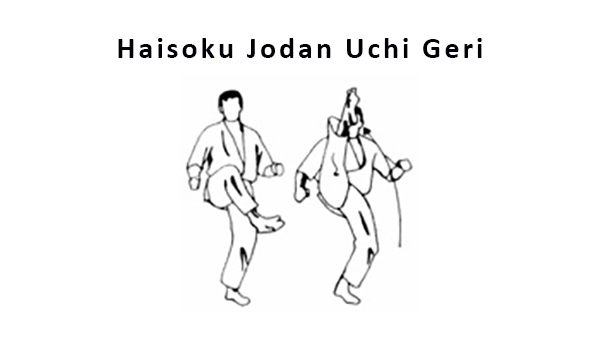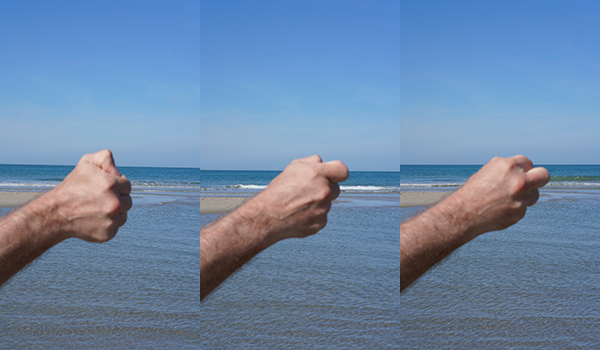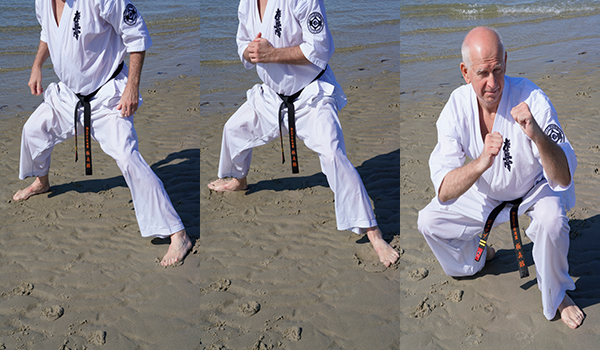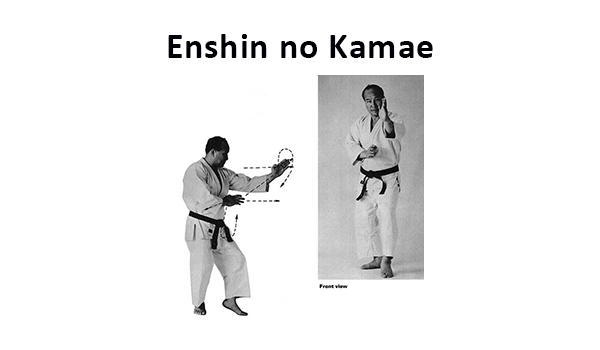Junbi Undō 準備 運動
Preliminary Exercises
In general my method of Junbi Undō will work as long as i use the following functions:
- increase my body temperature and stretching,
- conditioning of my main muscle groups, and
- breathing.
To do so I start with a short period of running (stir my blood and raise my body’s temperature), then tendons and loosens up the joints from the feet to the head (to promote suppleness), followed by dynamic stretching the muscles (which helps and increase the range of motion in the moving parts of the body). Then I build strength and stamina in the major muscle groups of the body and to increase your mental powers of endurance (push ups, sit ups and squats).
Another method which I alternately use, is to dynamic stretch the area then work, strengthen and condition it. After the whole body has been worked, then strength building and spirit exercises like push ups, sit ups and squats can be performed.
An example of Junbi Undō:
- Short version: Junbi Undō at Budokai Vleesenbeek (in preparation)
- Long version: My version of Junbi Undō (in preparation)
Over time, this combination of Junbi Undō enabled me to improve continuously the techniques of karate within the range and limits of my mental strength and physical suppleness (and allows me to move more freely and without the stress imposed on a less supple or healthy body). My mind as well, familiar with the limits of the body, is more calm and able to achieve that relaxed state of concentration needed to deal successfully with conflict. The stretching exercises also strengthen my body and develop stamina. I conclude every practice with the same exercises or one of the fundamental kata's: Sanchin, Tensho and Naifanchi, so my breathing is regulated and become calm.
